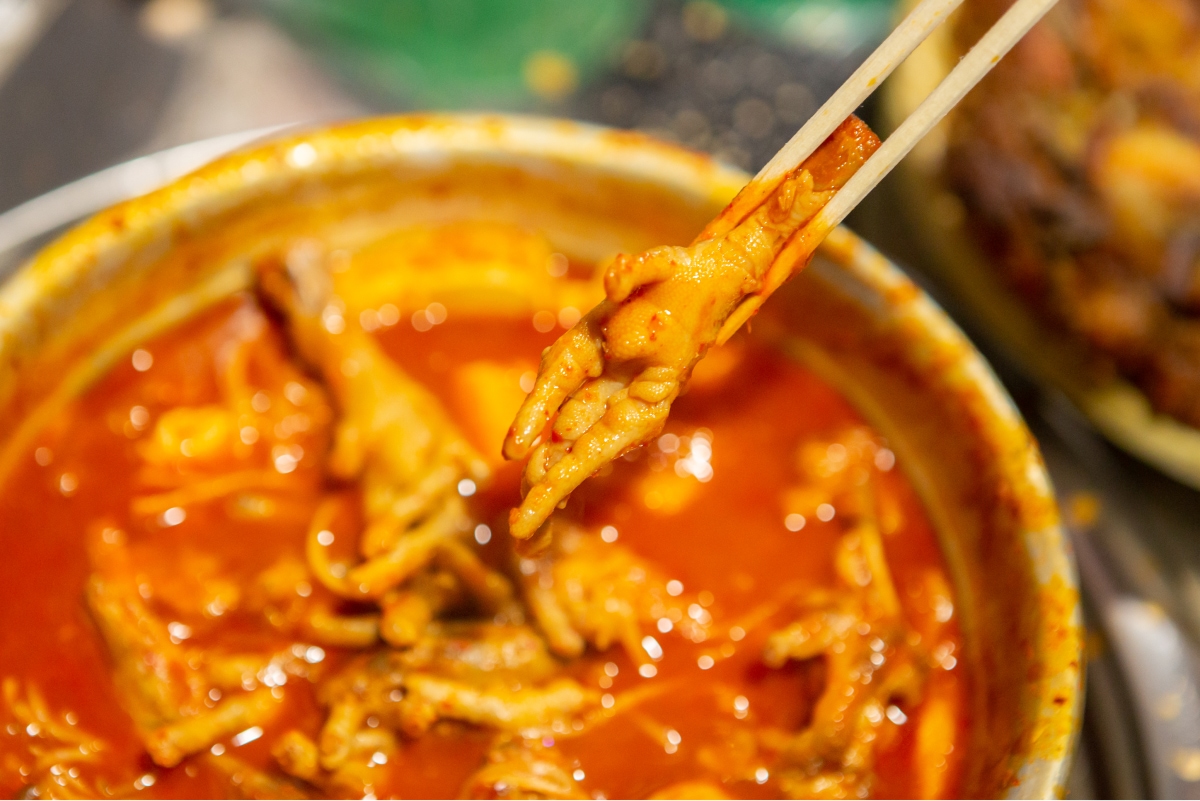Be an Authentic Korean Cuisine Lover
Have You Tried This? A Step Closer to Being a Korean Cuisine Master

You may love the taste of Korean cuisine but shy away from some strange-looking dishes. Have you ever taken a step back in shock? To be a true lover of Korean cuisine, sometimes you must take a bold leap of faith. Some of these foods that will be introduced in this column are hardcore-level Korean cuisine that even some Koreans find hard to eat. If you conquer these, you might as well be recognized as a Korean. Let’s begin with an intermediate-level food.
Start the Challenge with Intermediate-Level Foods
① Be Charmed by the Wonderfully Chewy Texture, Braised Pigs' Feet
Braised Pigs' Feet often surprises foreign travelers with its main ingredient; a pig’s trotters. But once you try it, you will find its flavors pleasing to your palate, unlike its strange look. The chewy pork skin and soft meat are a match made in heaven, and only those brave enough to try them will know their true tastes.
Braised Pigs' Feet is a dish that originates from a region in North Korea. Refugees who fled their homes during the Korean War settled in Jangchung-dong, Seoul, and began to sell Braised Pigs' Feet to make a living. With that, South Koreans began to develop a taste for the dish.
Braised Pigs' Feet is initially boiled with ginger, garlic, bay leaves, green tea powder, beer, coffee powder, and more, to remove the gamey odor of pork. Then, it is sunk in cold water to remove any impurities and boiled until it is completely cooked. Pig’s trotters get slightly different flavors depending on the ingredients added in the boiling process, time, and the cool-down process. Salted Shrimp is a perfect match for pork, so Braised Pigs' Feet is usually enjoyed with a Salted Shrimp dip. For a companion dish, there are Spicy Buckwheat Noodles. Enjoy a piece of Braised Pigs' Feet wrapped in Spicy Buckwheat Noodles for a unique combination of flavors.





















